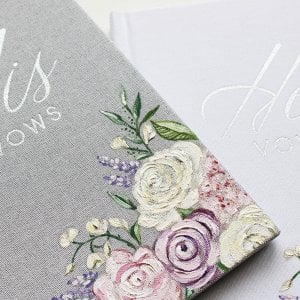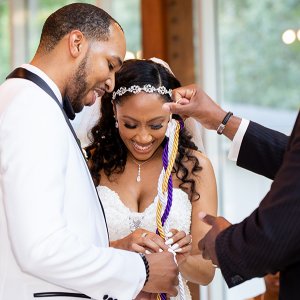From a spectacular baraat entrance to multiple wardrobe changes to the high-flying Hora dance, wedding planners reveal how to add cultural flair to your nuptials.
By: Stefania SainatoAround the World: Multiple Outfit Changes
"Western wedding dresses are beautiful, but there is something festive and exciting about seeing other cultural attire at a wedding," O'Connell says. She tells us that multiple changes of attire for both the bride and groom are becoming more popular globally for weddings.
In a modern Chinese wedding, the bride will wear two or three different dresses. First, she may opt for a white Western-style gown. Then, she may choose to change into a traditional Chinese gown for the tea ceremony and reception. Since red is a lucky color in Chinese culture, many brides opt to wear a red qipao or cheongsam (an embroidered, form-fitting dress). Lastly, the bride may wear a third cocktail dress in their choice of color for the end of the evening.
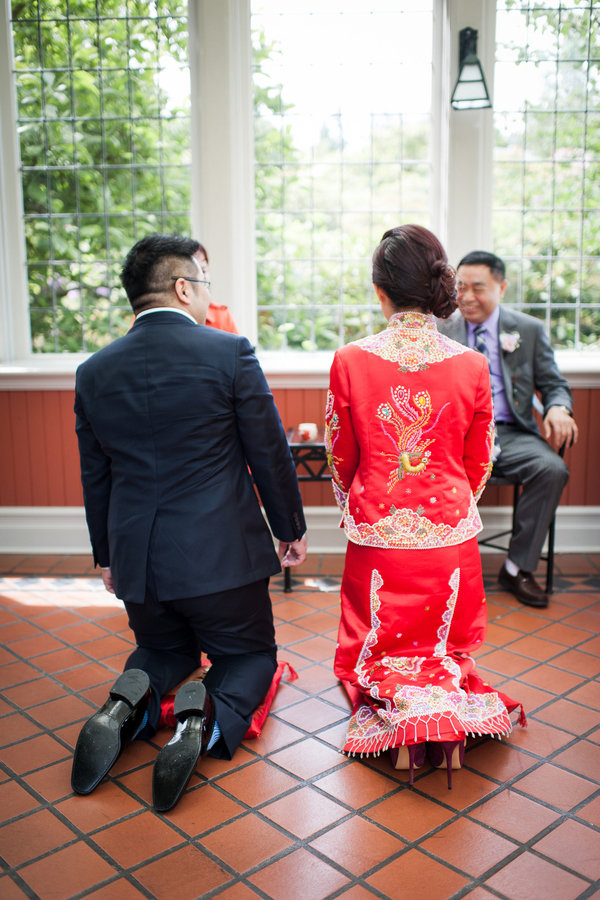
Photo Credit: Modern Romance Weddings
In South Africa, a Zulu bride will change her wedding ensemble at least three different times in order to convey her beauty to her in-laws.
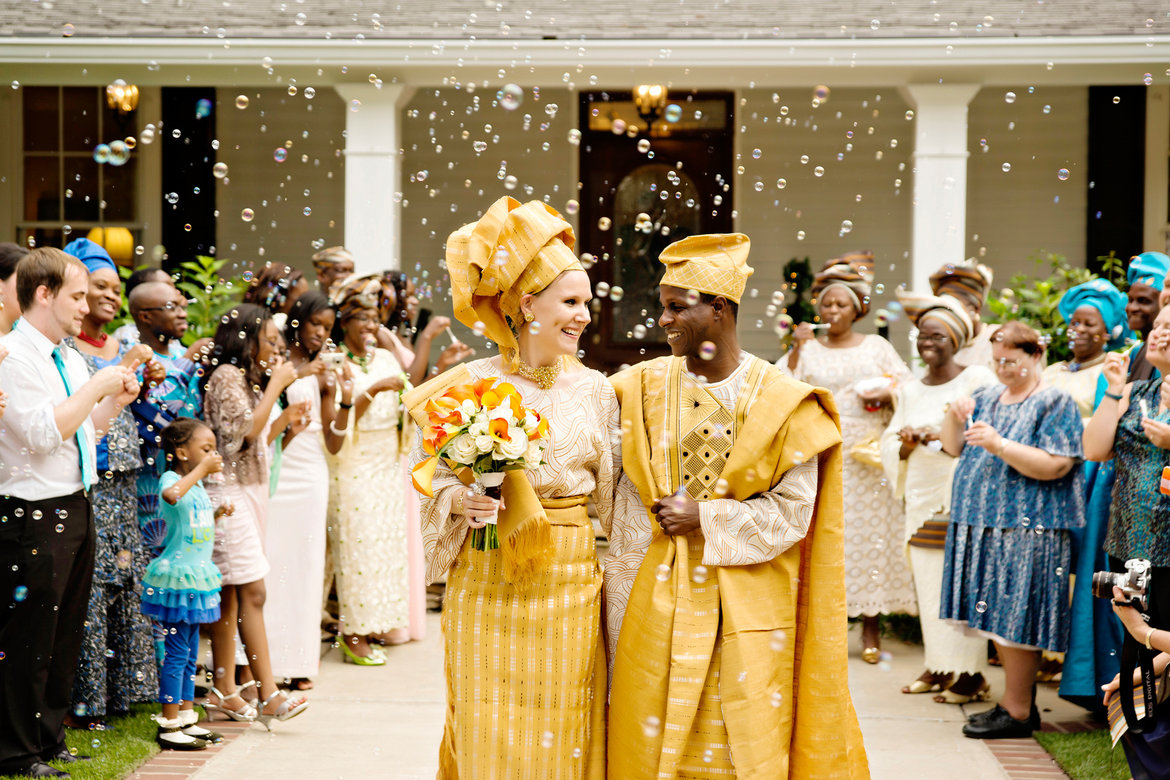
Photo Credit: Andie Freeman Photography
Back in the 1940s and '50s, American brides used to change into a honeymoon outfit for departure but in modern-day weddings, they're much more likely to change into a party dress for the reception.
Brazil: Bridesmaid Dresses in Different Hues
Mix-and-match bridesmaid gowns may be popular now, but Brazilians are the original trendsetters! They have a custom where no two bridesmaids could wear the same color dress, so each 'maid rocks a unique shade.
Belgium: Heirloom Handkerchief
A sentimental Belgian wedding tradition is a handkerchief that is passed down through the generations. A bride carries a handkerchief with her name embroidered on it. After her big day, she frames it and hangs it on the wall. When it's the next female family member's turn to get married, her name is added to the hankie as well, and so on and so forth.
Spain: Lacy Veil
Love the look of a dramatic veil blowing behind your gown? In Spain, lacy mantilla veils usually complete the bride's ensemble. Historically, they featured black lace instead of being white.
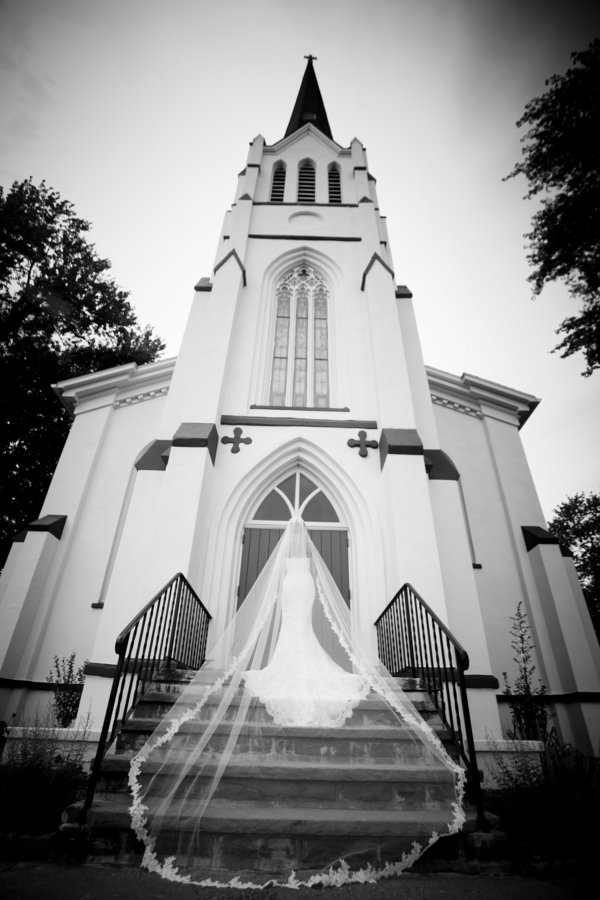
Photo Credit: Blue Sky Photography, LLC
Argentina: Bridal Garter Game
In Argentina, brides wear several different garters, which they give away throughout the night to their single girlfriends.
India: The Mehendi Ceremony
During this Indian pre-wedding event, henna (a natural and temporary dye) is applied on the bride's palms, wrists, arms, legs and feet in elaborate patterns. The process can take hours, and often, the groom's initials are hidden somewhere within the design for him to find on the wedding night. (If he can't, then he must give the bride a gift.)
Henna tattoos are also customary for Swahili brides; they signify beauty, womanhood, and worth.

Photo Credit: IQphoto Studio
Morocco: Hammam
In a Moroccan wedding, the bride's closest loved ones give her a ceremonial, purifying bath in the hammam (Turkish bath). A pre-wedding spa visit could be a fun alternative for modern-day brides.
Ireland: Braids
In Ireland, brides used to braid their hair and accessorize it with lavender and wildflowers to symbolize luck and feminine power. "It'd like to think of it as the original floral crown that is so popular today," Kolanović-Šolaja says.
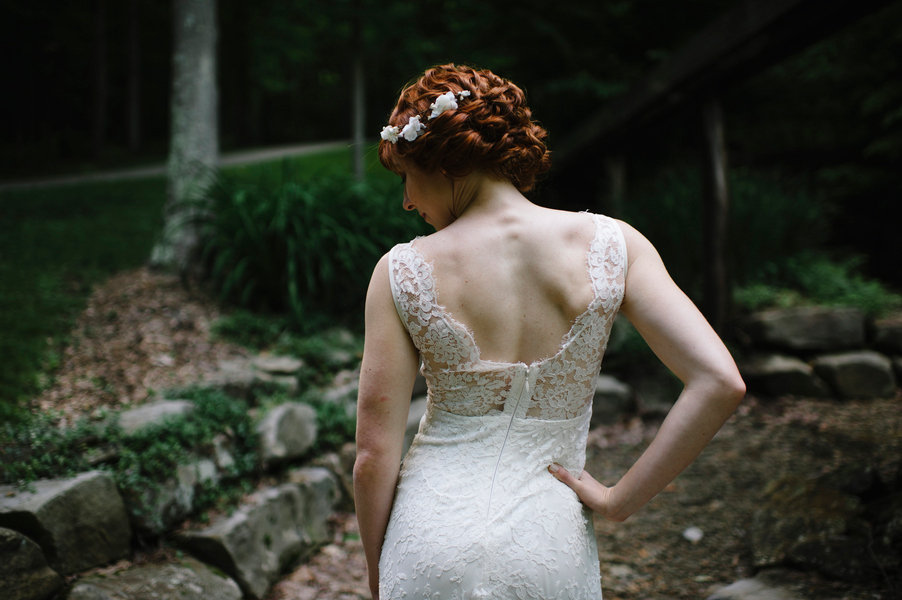
Photo Credit: Mindy Sue Photography
Browse Cultural Wedding Traditions By Category:
► Processions
► Blessings/Rituals
► Fashion and Beauty
► Décor and Other Wedding Details
► Wedding Dances/Antics
► Food and Beverages

